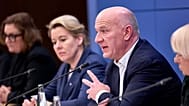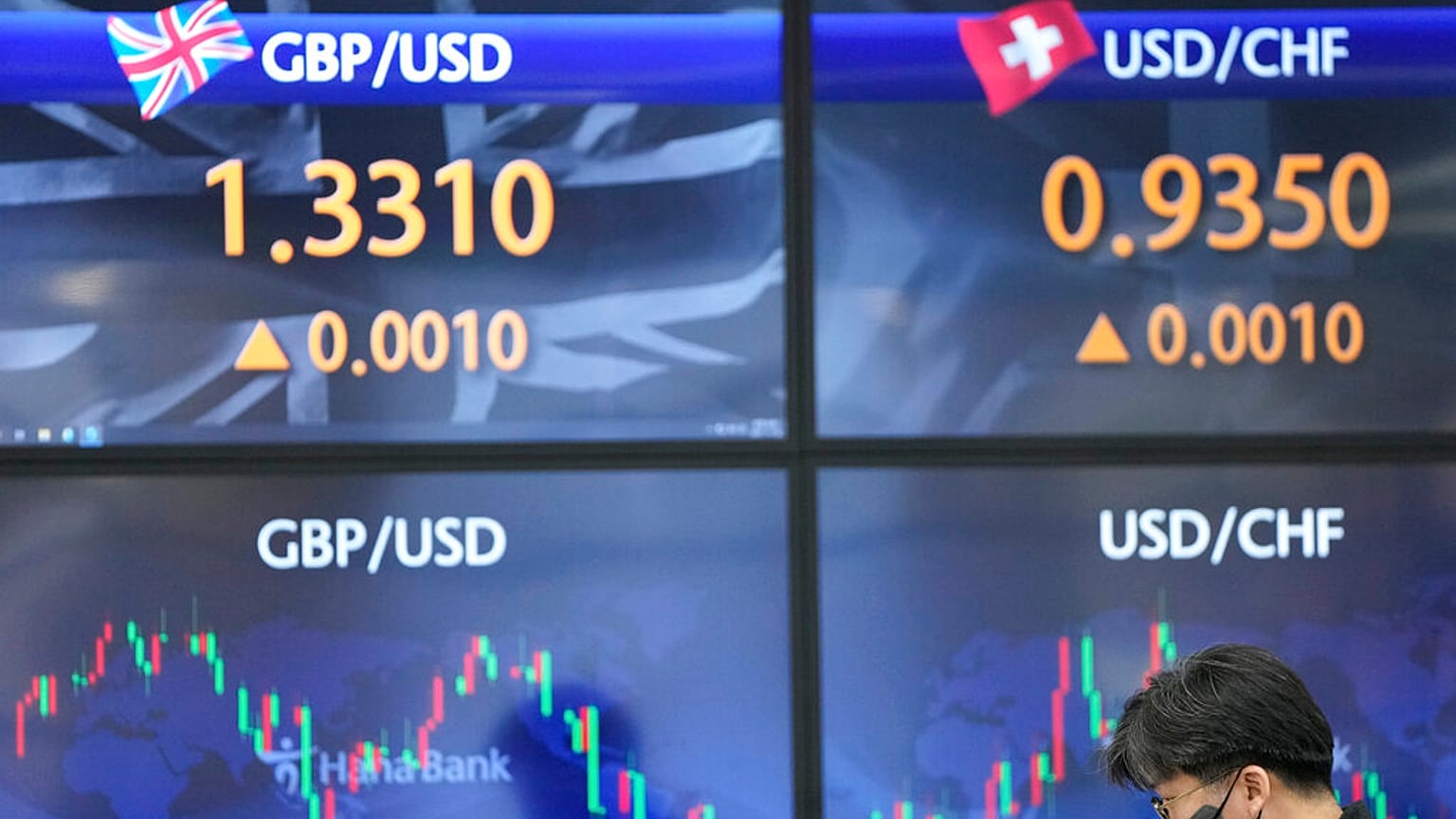As 2024 unfolds, the euro faces a complex landscape marked by political shifts and economic challenges. Key events include parliamentary and presidential elections in several Eurozone countries, while challenges include global conflicts, fiscal tightening and inflation concerns.
After enduring two consecutive years of depreciation, the euro has rebounded in 2023, boasting a 3% gain against the dollar. As the single currency enters 2024, it faces a landscape rife with economic and political events, along with challenges that could shape its trajectory in the coming months.
Political elections and shifting dynamics
2024 is packed with significant political events across the Eurozone. Austria, Belgium, Croatia, Lithuania, Portugal, and Slovakia are all gearing up for major parliamentary or presidential elections.
However, all eyes are fixed on the upcoming European Parliament elections which will be held between 6 and 9 June 2024. The renewal of 705 Members of the European Parliament is poised to bring about shifts at the highest levels of the European Commission and the European Council, with the potential for the introduction of new policy initiatives affecting the euro.
Challenges ahead: From global conflicts to fiscal tightening
The Eurozone's path is fraught with challenges stemming from ongoing international conflicts, notably in Ukraine and the Israel-Gaza strip. Domestically, the bloc must also contend with economic trials, particularly concerning the EU's budget and the imperative green transition.
Fiscal policies in member states are poised for tightening in 2024. The European Commission expects a reduction in energy support measures, which will impact the fiscal stance significantly.
The issue of Germany's "debt brake" will be critical, especially after the German Constitutional Court declared a significant part of the government's funding plan for climate and energy programs unlawful in November 2023, resulting in a €60 billion shortfall in the nation's public finances.
This debate has divided economists. According to a recent ifo and FAZ survey, some advocate for reforming or abolishing the debt brake to better facilitate green investments, while nearly half support maintaining it to ensure fiscal stability.
Economic and policy outlook: Slowing inflation and rate cuts on the horizon
On the economic front, after a robust post-pandemic recovery driven by services, growth momentum has slowed due to higher living costs, weak external demand, and the effects of tighter monetary policy. Inflation is expected to continue declining, although the phasing out may slow down the decline in price pressures.
Regarding monetary policy, the European Central Bank (ECB) maintained its key interest rates unchanged in December, signaling the potential end of its tightening cycle.
However, unlike the Federal Reserve Chair Jerome Powell, ECB President Christine Lagarde emphasised the need to remain vigilant, arguing that now is not the time to “lower our guard” on interest rates.
The market is anticipating approximately seven 25-basis-point rate cuts by the ECB in 2024.
Euro-dollar projections: Diverse perspectives from major banks
ING Group holds a bullish view on the euro, expecting it to rise to 1.15 against the dollar due to a slowdown in the US economy leading to Fed interest rate cuts. However, it acknowledges that weak eurozone growth could lead the ECB to cut rates alongside the Fed, limiting the euro's appreciation.
Bank of America also predicts EUR/USD will reach 1.15 by the end of 2024. Despite expectations of weak Eurozone growth, the currency pair is expected to strengthen due to Fed rate cuts. It estimates the euro-dollar exchange rate is undervalued by about 15%.
Conversely, US investment bank Citigroup anticipates continued economic weakness in Europe, driven by consumer slowdown and reduced fiscal stimulus. It maintains a forecast of 1.02 for the EUR/USD pair in the next 6-12 months.


















